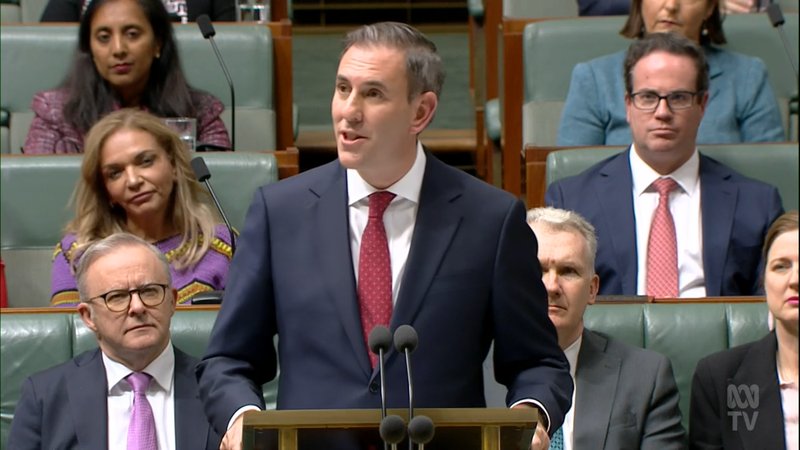NAVA responds to the Federal Budget 2024-25 announcement
As expected, the budget presentation offered few surprises. The funding allocated for the arts both this year and last, aligns with the Government's National Cultural Policy, Revive.
As expected, the budget presentation offered few surprises. The funding allocated for the arts both this year and last, aligns with the Government's National Cultural Policy, Revive.

Tuesday evening saw Treasurer Jim Chalmers unveil the 2024-2025 federal budget, outlining the Government’s strategy to balance competing priorities, including providing cost-of-living relief and reducing inflation.
As expected, the budget presentation offered few surprises. The funding allocated for the arts both this year and last, aligns with the Government's National Cultural Policy, Revive. This year additional funding will support live music venues and festivals, promote more Australian children's screen content and reinforce the Arts8 collective delivering training across screen, music, performing arts and dance.
No new funding is allocated for the visual arts. However, the proposed 12-month extension to the $20,000 instant asset write-off will enable small-to-medium enterprises (SMEs) to claim immediate tax benefits on new assets until June 2025. For artists, this means assets purchased under $20,000 for your practice can be claimed as an immediate deduction rather than depreciated over time, resulting in reduced taxable income and lower tax liability. The scheme also includes artwork purchases by other businesses, allowing them to deduct up to $19,999 per artwork or potentially $199,990 for ten works, as art is classified by the Australian Taxation Office (ATO) as an asset subject to immediate write-off.
NAVA is pleased to see the Attorney-General’s Department will receive $1.2 million over 12 months to review the intersection between copyright law and AI. This funding will allow the department to establish a dedicated copyright and AI team, enhancing ongoing work such as the Copyright and Artificial Intelligence Reference Group (CAIRG), of which NAVA is a member.
Additionally, NAVA welcomes budget allocations poised to indirectly support visual artists and organisations, including:
NAVA welcomes First Nations budget allocations, including:
The federal budget acknowledges pressing cost of living issues such as unemployment, economic slowdown, falling spending power, housing and climate crises. However, it falls short in providing adequate solutions, particularly for artists, many of whom are reliant on umeployment payments. According to Throsby and Petetskaya’s Artists as Workers: An Economic Study of Professional Artists in Australia, practising professional visual artists in Australia earn an average gross income of $55,00, with half making less than $6,200 annually from creative work alone.
The budget will deliver tax cuts to the wealthiest people in the country, contrasting starkly with the insufficient increase in income support for over a million JobSeeker and Youth Allowance recipients. The extension of higher JobSeeker rates will support 4,700 people, just half a percent of total recipients. JobSeeker rate remains well below the poverty line and falls well short of the calls by the Government’s Economic Inclusion Advisory Committee for an increase of around $256 per fortnight to bring the payment in line with 90% of the age pension. Furthermore, the $300 energy rebate is indiscriminately allocated and the modest rent assistance increase fails to address the deep housing stress faced by many artists.
While this year's budget lacks direct measures for the visual arts and bold actions to address pressing challenges faced by low-income visual artists, such as unemployment, income support, and the housing crisis, there is still room for optimism. NAVA remains hopeful for future commitments that will prioritise the support and sustainability of the visual arts sector. As we build on the allocations for Revive initiatives, it is imperative to maintain dialogue and collaboration to ensure that the visual arts receives the targeted support it needs and deserves.
Screenshot of Treasurer Jim Chalmers 2024-25 Budget Speech at Australian Parliament House, Canberra. Screenshot from ABC News, 14 May 2024.
ID: Photo of Treasurer Jim Chalmers delivering the Budget at Australian Parliament House. Several other Labor Party MPs are seated behind him in rows.